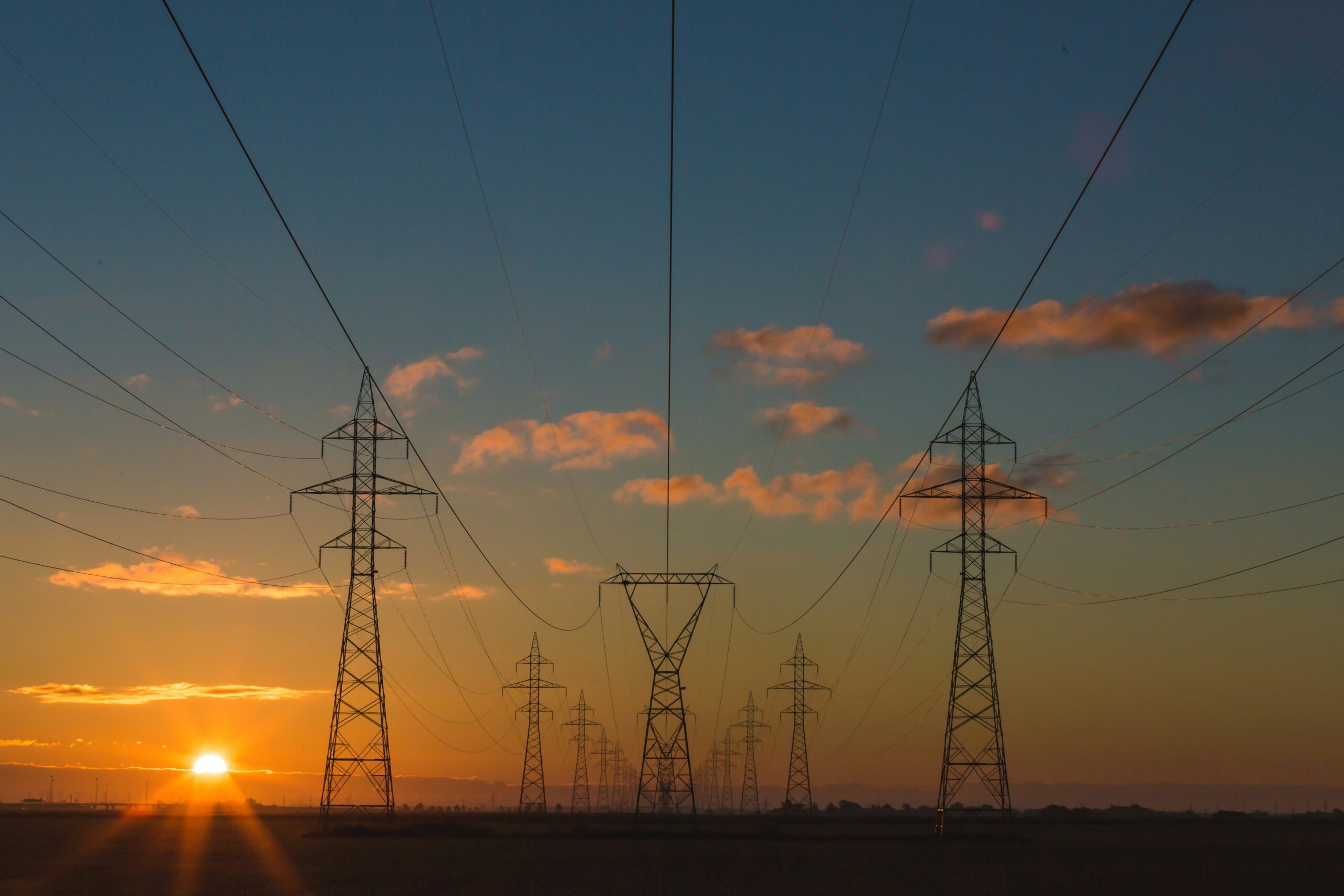The global energy transformation is entering a second, more demanding chapter. Energy Transition 1.0 — the first wave of renewables enthusiasm fueled by subsidies, ESG mandates, and public market excitement — built an impressive foundation of solar farms, wind capacity, and early electric vehicle networks. But the next phase, Energy Transition 2.0, is bigger, riskier, and more infrastructure-heavy. It’s no longer about pilot projects; it’s about deep modernization of the grid, long-duration storage, new industrial fuels like hydrogen, and carbon capture at commercial scale.
For investors, the opportunity is historic — but so are the complexities. Cheap leverage and simple growth stories have faded. What comes next will demand patient capital, sophisticated risk management, and deep sector knowledge. Private equity, infrastructure funds, and sovereign wealth pools are positioning themselves to lead.
A Shift From Policy-Driven Growth to Market-Scale Buildout
The first energy transition wave thrived on government push. Feed-in tariffs in Europe, U.S. tax credits, and China’s manufacturing scale brought costs of wind and solar down dramatically. Capital poured in because the rules were clear, technology risk was low, and the cost of debt was near zero.
Energy Transition 2.0 looks different:
- Subsidies remain but are no longer a panacea. Projects must compete on economics and resilience, not just incentives.
- Interest rates are higher, increasing the cost of project finance.
- Technology pathways (like hydrogen and carbon capture) remain uncertain and capital intensive.
- Supply chain competition for critical minerals and grid components is intensifying.
For investors, this is a reset. Energy deals are bigger and longer-term, with return profiles closer to infrastructure than venture capital. But for those willing to be selective and creative, the upside remains strong.
Why Private Capital Is Essential
Public markets remain volatile for energy. Clean tech ETFs have swung wildly with policy headlines and interest rate expectations. Meanwhile, commercial banks are pulling back on long-dated project finance as they manage capital requirements and green risk weighting.
Enter private capital:
- Dry powder in private equity and infrastructure funds is estimated above $400 billion globally dedicated to energy and transition themes.
- Sovereign wealth funds from the Middle East and Asia are eager to diversify away from fossil dependence and into transition infrastructure.
- Private credit providers are stepping up as traditional lenders retreat, offering bespoke financing for storage, grid, and industrial decarbonization.
This pool of long-term, flexible capital is uniquely positioned to handle the higher risk and longer duration of Transition 2.0 projects.
The Opportunity Set: Where Capital Is Flowing
1. Grid Modernization & Storage
Wind and solar buildout is outpacing the capacity of transmission networks. Grid congestion is delaying projects and eroding returns. Utilities and grid operators need private partners to fund:
- High-voltage transmission lines to move renewable energy from remote generation to demand centers.
- Battery energy storage systems (BESS) for load balancing and frequency control.
- Microgrids and distributed energy resources for resilience.
Private equity and infrastructure funds are increasingly backing platform companies that aggregate and operate grid-scale storage, betting on volatility-driven revenue streams.
2. Hydrogen Economy Buildout
Hydrogen — particularly “green hydrogen” produced with renewables — is seen as critical for hard-to-abate sectors like steel, chemicals, and heavy transport.
- Electrolyzer manufacturing and hydrogen hubs in the U.S. (supported by IRA tax credits) and Europe are attracting early-stage private capital.
- Port and pipeline retrofits to carry hydrogen require billions in long-duration funding.
Investors know it’s early, but those who underwrite technology and policy risk well could own foundational infrastructure for decades.
3. Carbon Capture, Utilization & Storage (CCUS)
Despite controversy, CCUS is gaining momentum as industries seek compliance pathways for emissions.
- U.S. 45Q tax credits are driving deployment of carbon capture retrofits in refining, ammonia, and cement.
- Partnerships between private equity and oil & gas majors bring capital and operational know-how to sequestration hubs.
The play: long-term offtake agreements and monetization of carbon credits.
4. Next-Generation Renewables
Wind and solar remain central but are evolving:
- Offshore wind is scaling in the U.S. Atlantic and Asian markets with complex permitting and transmission challenges.
- Vertical integration of renewable developers — controlling manufacturing, development, and power marketing — is attracting sponsor interest.
Returns are steadier but require deep industrial expertise and patience.
5. EV Ecosystem and Heavy Transport Electrification
The first EV wave was consumer-driven; now attention turns to fleets, buses, and heavy trucks — plus the charging infrastructure to support them.
- Private capital is backing large-scale depot charging, battery swapping pilots, and freight corridor electrification.
- Software and payment platforms layered on charging networks create tech-meets-infra opportunities.
Risk Management in Transition 2.0
The complexity of these bets is far greater than the first renewables wave. Key risks include:
- Policy volatility: Subsidy regimes can change; clear understanding of local frameworks is critical.
- Permitting and community pushback: Local opposition can derail projects; stakeholder engagement matters.
- Technology uncertainty: Hydrogen costs, CCUS effectiveness, and long-duration storage economics remain unproven at scale.
- Commodity swings: Lithium, copper, and nickel price spikes can compress returns.
Investor discipline: Model scenarios beyond base case, assume longer build times, and integrate ESG metrics with real performance tracking — not just box-checking.
Capital Structures Are Evolving
With higher interest rates and longer paybacks, deal structuring is shifting:
- More equity-heavy deals — sponsors put in larger upfront capital and target lower but steadier IRRs.
- Hybrid financing — blending infrastructure-like stable cash flows with upside from technology or carbon credits.
- Continuation funds and longer hold vehicles — letting managers extend timelines beyond traditional 7–10 year fund cycles.
- Private credit overlays — tailored loans with flexible covenants for new energy platforms.
The model is closer to patient infrastructure investment than classic leveraged buyouts.
Policy & Geopolitics Still Matter
Governments remain key actors:
- The U.S. Inflation Reduction Act (IRA) continues to shape returns — but uncertainty around future administrations makes long-term planning tricky.
- The EU Green Deal drives demand but also complex reporting requirements and carbon border taxes.
- China’s dominance in battery materials and solar supply chains poses both cost opportunity and geopolitical risk.
Strategic takeaway: Geographic diversification and scenario analysis are essential. Investors need contingency plans for policy reversals and supply chain chokepoints.
Private Capital’s Strategic Edge
Private equity and infrastructure sponsors who succeed in Transition 2.0 share common traits:
- Sector specialization: Deep engineering and regulatory fluency.
- Industrial partnerships: Teaming with utilities, oil & gas majors, and manufacturers to de-risk execution.
- ESG integration with teeth: Not just reporting, but improving sustainability performance to meet investor and regulatory demand.
- Technology intelligence: In-house or advisory networks to separate hype from investable readiness.
This isn’t a game for generalists; competitive advantage now comes from insight and execution.
For Limited Partners: What to Watch
Institutional investors allocating to transition funds should sharpen due diligence:
- Check manager track record — not just fundraising success, but realized exits and operational chops.
- Scrutinize hold period flexibility — Transition 2.0 assets may need longer gestation.
- Understand risk layering — commodity, policy, and technology risk should be explicit and priced.
- Evaluate ESG rigor — avoid greenwashing by verifying metrics and reporting frameworks.
Long-term return potential remains attractive, but dispersion between top and bottom quartile funds may widen.
Energy Transition 2.0 is not an extension of the first wave — it’s a redefinition. Cheap capital and predictable subsidies are giving way to a more complex, but ultimately more durable, investment cycle. The companies and investors who master technology risk, regulatory agility, and operational value creation stand to own the backbone of a decarbonized economy.
For private capital, this is a once-in-a-generation opportunity: to finance not just the visible wind and solar farms of the past decade, but the hard infrastructure, new fuels, and deep electrification that will power global growth for the next fifty years.





